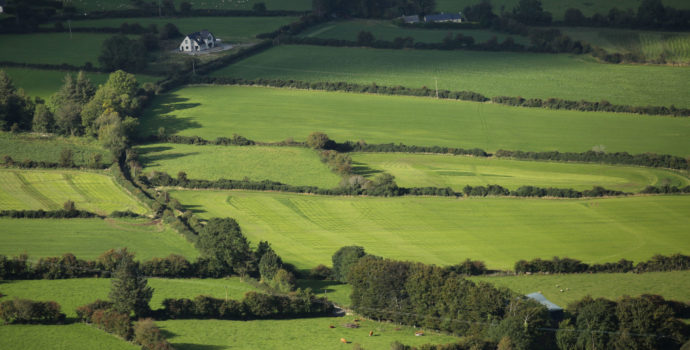Reduction in Agricultural Emissions Down to Better Efficiencies at Farm Level

IFA Environment Chairman Paul O’Brien said the reduction in greenhouse gas emissions in agriculture reflects the work that is ongoing at farm level to increase efficiency and reduce emissions.
The 2019 EPA report attributes the reduction to an approx. 10% decrease in nitrogen fertilizer use and 25% decrease in liming.
“The reduced emission figures for agriculture clearly show that farmers are stepping up and are playing their part in climate action,” he said.
He urged caution in relation to attributing reductions in lime usage to reductions in emissions, as in the long-term liming is proven to reduce emissions, specifically nitrous oxide.
The benefits of lime are recognised in the Programme for Government, which outlines plans for a ‘national liming programme’ to improve nitrogen use and efficiency.
“I would be concerned that farmers are receiving very mixed messages on liming. Research from Teagasc has shown that increasing soil pH by liming resulted in a significant reduction in greenhouse gas emissions and increased grassland productivity, compared to the un-limed plots under the same management and fertiliser regime”, he said.
He said that Low Emission Slurry Spreading (LESS) and the increased usage of protected urea were important changes adopted by farmers that were reducing emissions.
“The EPA report emphasises the importance of improving the data collection in agriculture, so an evidence-based approach can be taken to meet climate targets that accurately reflects the actual emissions and sequestration in the sector.”





